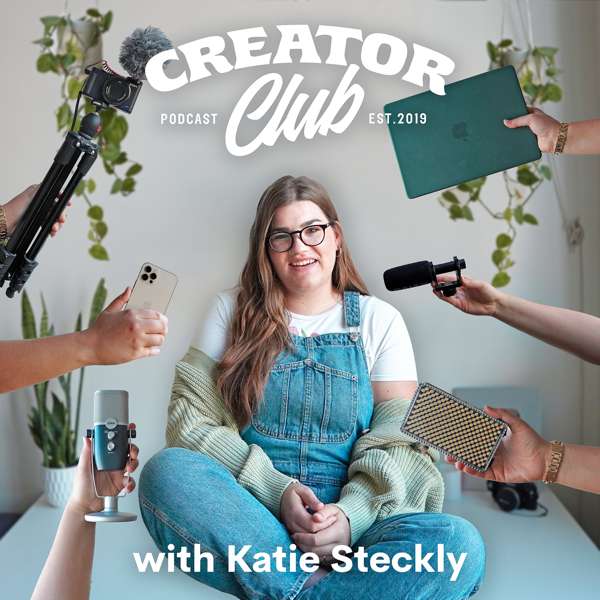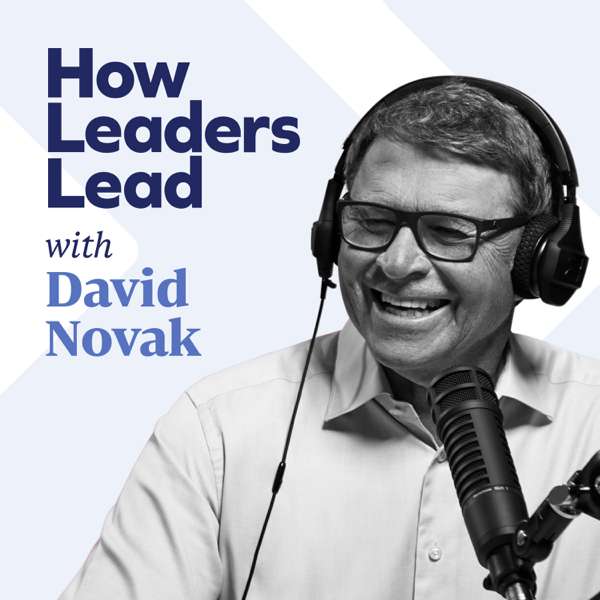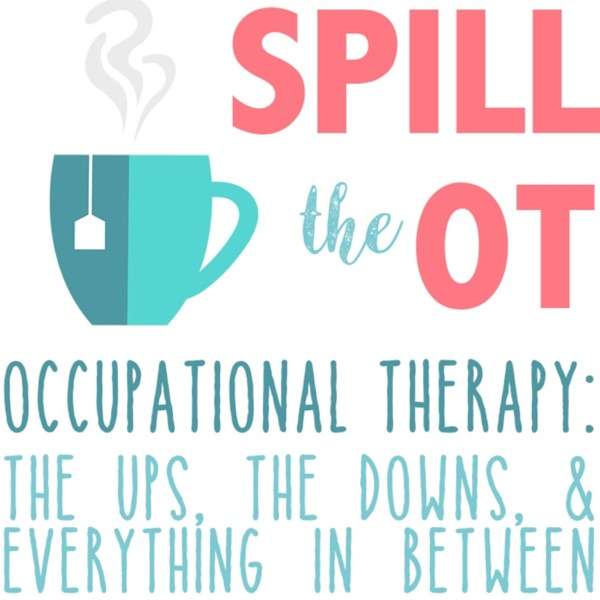Google's first employee, Craig Silverstein, and Mary Obelnicki, join Alberto Lidji to talk about philanthropy, Echidna Giving (their Foundation) and signing The Giving Pledge.
We hear how Echidna Giving looks at educating girls in the developing world. It’s the main vehicle to do Craig and Mary’s philanthropy. They aim to invest their money over the course of their lifetime and make a real difference in this field. They are not looking to set up a foundation in perpetuity.
Craig and Mary look at foundations that try to live in perpetuity and they see that many issues arise when those foundations’ Founders are no longer around. Other people then try to interpret what the Founders’ wishes were.
In the case of Echidna Giving, Craig and Mary believe very much in being focused in girls’ education and they’re sticking with this for the next 40 years. They note that they want to be personally responsible for Echidna Giving’s work during their entire lifetimes. They hope to be around for another 40 years and they’re committed to funding approximately $700 million over that time frame.
Craig and Mary are relatively young and they’re juggling many things, including a young family, work and many other activities. It has been difficult for them to include philanthropy in a professional manner in their lives and they’ve been very strategic about it. They treat this as a full-time commitment; not a hobby. So, they’ve also made a strong effort to hire a great team of professionals. They have a lean team that allows them to make decisions quickly and they’re willing to take risks.
They got into philanthropy early on and it was not as a consequence of their peers. Actually, many of their peers had not been involved in philanthropy at the time – in part because it’s difficult to get started and to do philanthropy right.
Craig made a lot of money very early in his life and he had much more money than he needed. He notes that: “I don’t believe philosophically in giving it all to my children. I want them to have enough money that they can do anything they want, but not enough money that they can do nothing”. So, there’s a narrow band of how much money that is and it’s a lot less than the money that Craig and Mary have and so what do you do with the rest of it? For them, it was obvious that the best use of their money was to try to make the world a better place.
Craig and Mary talk about their Theory of Change – which ultimately ends with World Peace! – and Craig explains his thought process in the podcast.
He wanted to focus in an area that would make sustainable change. Girls’ education is one of those areas where you don’t need a pre-requisite to make sustainable change. Over time, he feels if they focus on girls’ education they can truly transform entire communities, and he explains why that is.
When Craig started out in philanthropy he thought it was really just about the money and he thought he could just do it anonymously. Therefore, at the point when Craig and Mary signed The Giving Pledge there was a conscious choice to say this is us, this is us doing it intentionally because they were trying to be explicit and maybe trying to create some expectations around what other young people – especially those in Silicon Valley – could be doing. There is so much money in Silicon Valley and so many start-ups with money. Mary notes that they “were trying to say ‘hey guys step up, here’s what we’re doing, what can you be doing’?”
Craig mentioned that ‘budget’ is a key area for their strategic thinking. Initially, Craig wanted to remain anonymous and one of the reasons for this was that he didn’t want to be bombarded with ‘asks’. Now, in reality, that hasn’t happened too much – it was something he was worried about unnecessarily.
But what gave him the comfort to be more open and visible about his philanthropy is to think about a budget and a clear framework for evaluating each ask that came through the door. Both Craig and Mary explain that the key for a budget in philanthropy is that there’s a goal for spending; not a cap. The aim is to deploy that capital into whatever issue you care about.
They embrace a mechanism to handle social asks versus more strategic asks – they have a pool of money for their strategic initiatives (girls education) and a separate pool of money that is for personal giving. They drill into the details of this during the podcast.
They also have a predetermined ‘minimum’ sum in mind to deal with those emails many of us receive whereby someone asks for support for running a marathon etc. There’s a certain amount they say ‘yes’ to no matter what. So whatever ask it is, there’s a minimum for them that gets the green light pretty much automatically. Craig notes that this ‘minimum’ sum is $250 and they have around 100 slots for such asks whereby the first 100 people who ask for support at this level get a positive reply…. Mary jumps in in a good humoured way at this point and notes: “Craig this is a public podcast!”… a bit of laughter ensues. “We need to know you personally!”
On a separate note, they point out how surprised they were at the value of re-granting organisations that are highly professional and help make their philanthropy more efficient.
When they started in philanthropy they started giving to re-granting organisations. So they were focused in the developing world but knew nothing about these local communities in which they really wanted to see change happen. They were outsiders, they weren’t able to evaluate proposals nor evaluate outcomes so they went to re-granting organisations that are based in the US or the UK or somewhere in the developed world, but they are the ones who evaluate grants and outcomes and have people on the ground in local communities in the developing world.
Initially, they went into it thinking that it was a waste of money to involve a middleman. But they found out that it’s actually a big money saver to involve these middlemen because if they had to go and evaluate these things themselves and fly out to these communities it would take a long time to do and be very inefficient. It’s actually much better to be working with an organisation that can afford to have someone living in these local communities; or ideally someone from that community.
So, spending money in these re-granting organisations was money well spent and they had not expected that going in – they had initially thought it was money they would have to spend but not money they would actually appreciate having spent.
Craig goes on to mention that one thing that was very hard for him when he was getting started in philanthropy was hiring good people. How do you find them, how do you find out if they’re the right fit for you and how do you delegate responsibility to them. This is really hard. The hardest part is the first hire – the first person – and they really have to be aligned with the way you’re thinking about the world.
One reason people don’t get into philanthropy earlier, or why they treat philanthropy as a hobby for so long, is because they don’t know how to go about doing that first hire. Interestingly, the first person they hired didn’t know about girls’ education or the developing world, but that wasn’t important to them, rather the person they hired needed to have the flexibility and willingness to learn about these areas. They don’t need people to hit the ground running; rather they need them to be committed and to stick with it long enough so they can gain the expertise and to have the necessary skills to learn.
Mary notes that successful business people often think they can solve major social problems on their own. However, are most really willing to spend as much time on their philanthropy as they did in building their companies? If not, then you need to bring in a professional CEO. One of the best skills such people can bring from their business career is the ability to identify talent and to delegate.
Mary continues by expressing that part of the challenge is “if you’re not deliberate, if you don’t have your own staff, you’re not going to execute your own strategy. So, if you have your own strategy you need your own staff and you need to professionalise it.”
For her, one of the biggest takeaways from working in the developing world is to really think about the privilege of ‘access’ that wealthy organisations and wealthy communities have. And, as a philanthropist, who has access to you to make the ask easiest. It’s their friends and their families who can text them, ‘please support my organisation’ – well, if they’re their friends and from the community, they’re probably doing well financially. It’s very reinforcing, this privilege of access. And, the communities that need you the most and can benefit the most from your money are many, many social circles away from you. And, so how do you jump that gap? Well, you need to go looking for them; you need to put in the effort to find those organisations. You can’t expect them to come to you.
Was it a difficult choice to make when you decided to sign The Giving Pledge?
Craig notes that the public element was the hardest part of their decision to sign The Giving Pledge. Actually deciding to give the money away was easy – it was a decision he had already made. He could have kept more money than he’s planning on keeping and still have been able to sign The Giving Pledge.
However, the ‘going public’ was very difficult. Mary notes that it’s always on their mind, how much does anonymity protect them and protect their kids. So, signing The Giving Pledge really needed to have an upside – what was the benefit of being public, and they talked much about this; about inspiring others in similar situations to theirs.
Success in the next 10 years: they know what needs to be done to ensure girls’ education succeeds and what makes girls successful in school. So, when they look at the next 10 years, they want to see a state of affairs where the programmes and techniques that work are actually being embraced and implemented widely.
Social Emotional Learning (SEL), often referred to as ‘life skills’ can make a big difference in academic success. So, most of their investments right now are in SEL and trying to figure out what are the key components of this and when does it matter.
So, in secondary school it’s really obvious these gaps between girls and boys; so if it’s obvious at this stage then it must have started earlier. So, right now they’re looking at SEL in adolescence, because it’s an important time when the brain changes, and also in early childhood – another time when the brain architecture is being formed.
Craig and Mary’s key takeaway: Mary notes that they actually have three key takeaways!
(1) Start and be humble and learn as you go.
(2) Be deliberate and have a budget – track it and don’t be reactive.
(3) The people with the greatest need don’t have access to you to ask. Craig notes: “if your goals is museum construction, that’s fine. If your goal is poverty alleviation or something else where the communities you’re serving are very socially removed from your own social network then you must do the work to go against … the existing privilege of access.” Mary continues: people will acknowledge that the dollar or the pound can go further in the developing world in terms of impact “and so they should reflect to themselves, well if that’s true why aren’t I investing in those places now?”
What was it like being ‘Employee No.1 at Google’?
Craig replies by asking whether we know of the film ‘The Social Network’. And, then goes on to say that “it was almost entirely not that!”. He realised things were getting big when people came up to him to let him know they’d ‘heard of this thing called Google’… and then you find out that they did not actually hear about it from your mom.’ He started doing Google because he really believed in the power of making information available and he believed Google was the best at it. He’s delighted it turned out to be so successful but the fact is he did it because he really believed in the mission of the company and he loved working there.
Visit Lidji.org for guest bios, episode notes and useful links. Please subscribe and share if you enjoy this podcast -- thank you!

 Our TOPPODCAST Picks
Our TOPPODCAST Picks  Stay Connected
Stay Connected







